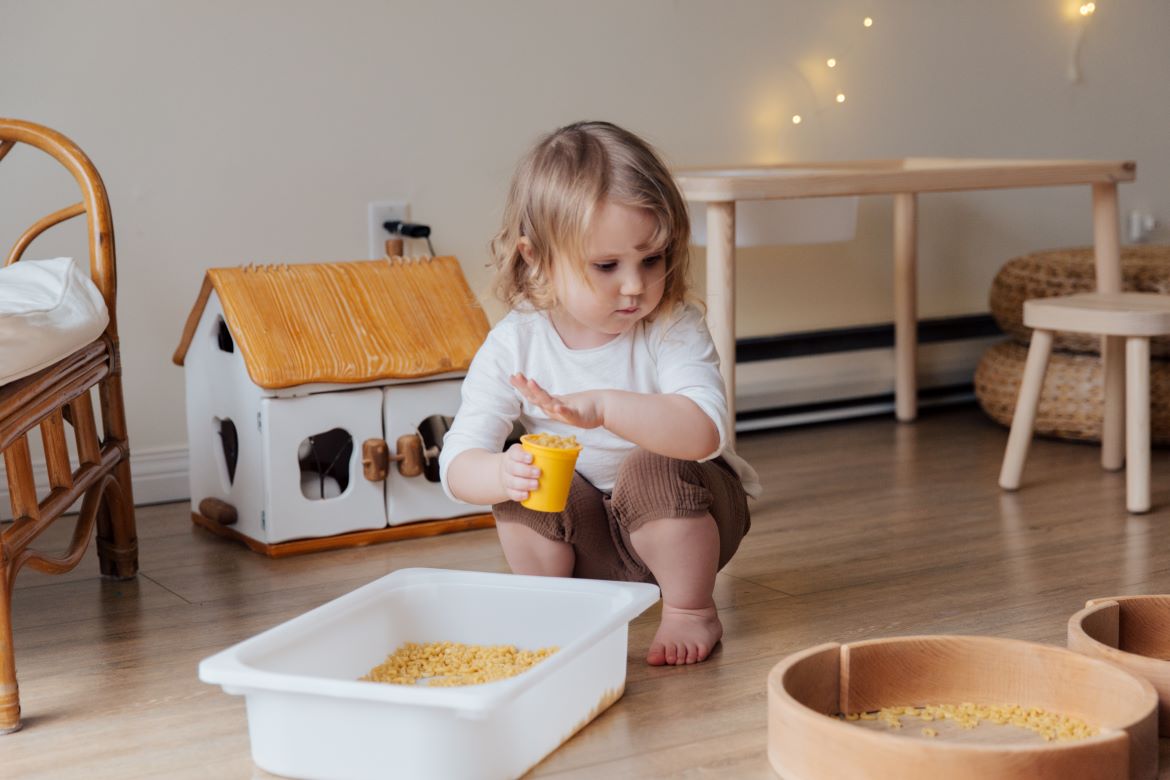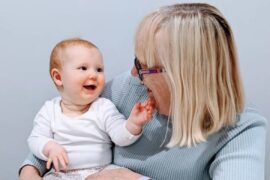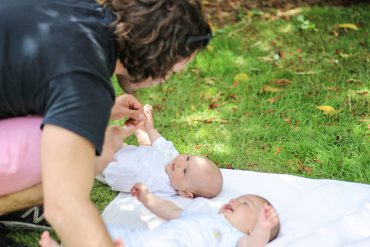By Eloise Rickman
A “yes space” is simply a space where you don’t feel like you have to always be saying “no”, “don’t touch” and “don’t climb” to your children.
Creating “yes spaces” in your home allows everyone to feel more relaxed. Your children are free to touch, explore, move, climb, and look after their own needs, and you feel more at ease knowing they are unlikely to do serious damage to anything – including themselves. What these spaces will look like will depend on your home and your family.
We live in a fairly small home, so for us it’s always been important that the whole home is child friendly and that Frida has free access to wherever she wants to go – turning the whole house into a “yes space”. This is something we’ve been able to facilitate as when she was younger, one of us was always able to watch her and support her if something looked unsafe. Your home set up and family circumstances may be very different!
Here are a few thoughts to get you thinking about turning your home into a “yes space”.
Safety
Safety is important. This is obvious, but I would argue the benefits are not just keeping your child safe.
Knowing your child is unlikely to come to serious harm reduces your stress as a parent and lets you relax and drop your guard.
It also means you don’t have to keep saying no, which reduces conflict and helps everyone feel on the same team.
To ensure your home is a safe space, you could consider:
- Getting on your child’s level – this might mean lying on the floor or getting down on your hands and knees – and really looking around. What can you see? It’s amazing the stuff we can miss as adults. What would be appealing if you were an infant who was just beginning to walk or crawl, or a child who was interested in how things work and wanting to touch everything? It’s not always possible to make homes totally safe, but there are some things you can easily change such as putting locks on cupboards with cleaning products, not having heavy objects at a height where they could be pulled down, or keeping wires tidy under furniture where they are harder to reach.
- Making one room the “safe” room to begin with. This can be especially helpful with an older baby or younger toddler. Having one room which is perfectly safe can be a huge relief if you need to go to the loo or jump in the shower, and enables you to relax whilst your child plays without having to be on the lookout for them eating cat food or licking shoes. Some families keep certain rooms like the kitchen gated, or use a stair gate. If you start with one room, I would still encourage you to look at making the whole of your home as child friendly as possible – after all, this is your child’s home too, and they have a right to a suitable environment.
- Ensuring your young child has ample opportunities to practise gross motor activities such as climbing in an appropriate way – or you may find them scaling the book cases to get what they need.
This could be as simple as creating cushion mountains to climb over, or obstacle courses with chairs and tables.
- Teaching rather than hiding away or saying no. Although some things are always potentially dangerous – cleaning products for example – many, many more are a grey area. Consider which things you could patiently teach your child about! Crockery and cutlery are a good example of this, but it can also apply to things like allowing your child to learn to safely climb onto a chair rather than telling them no, keeping stairs un-gated, or showing your young child how to gently handle and water a pot plant rather than moving it onto a high shelf.
- Reassessing often. This goes both ways – there may be some things which were safe, which now could potentially be dangerous because your child can reach them or climb, but there may also be things which were potentially dangerous, which are now safer as your child is old enough to start learning to use them carefully.











